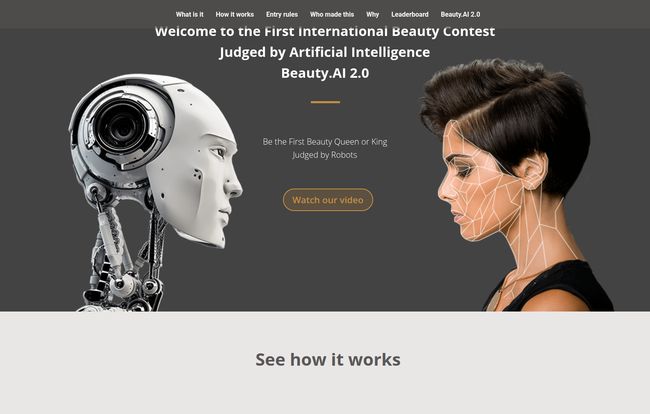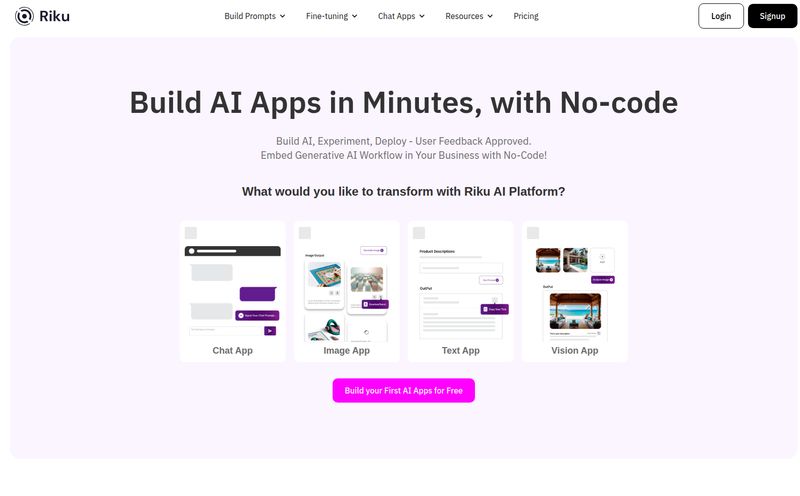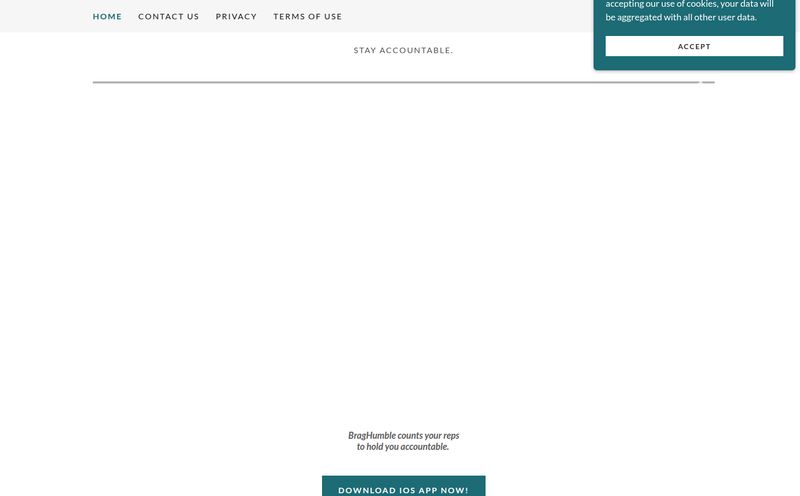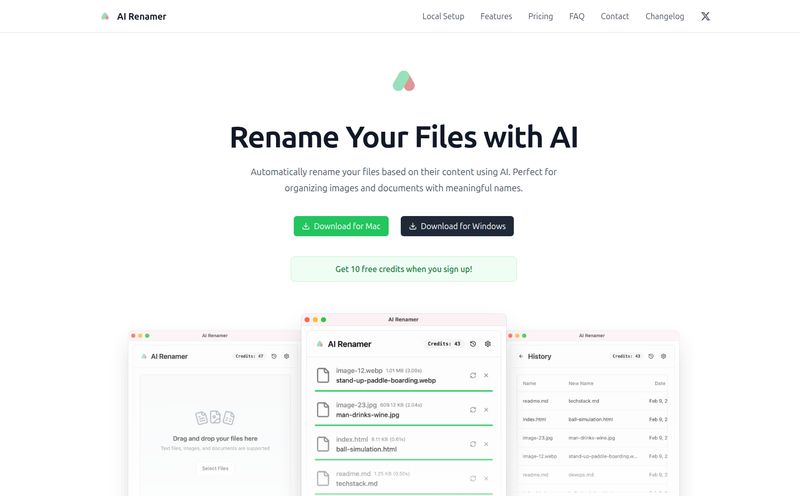I’ve seen a lot of weird things pop up in the digital marketing and tech space over the years. Trends that burn bright and fade fast, tools that promise to change everything and then just... don't. But every now and then, I stumble across something from the archives of the internet that makes me stop and just say, “Wow. They really did that, huh?”
Today’s trip down memory lane is about one such project: Beauty.AI. An international beauty contest judged not by humans, but by a robot jury.
Yes, you read that right. A beauty pageant for our new robot overlords. What a concept.
So What in the World Was Beauty.AI?
Picture this. It’s the mid-2010s. The AI hype train is just leaving the station. Everyone is buzzing about the potential of machine learning. And a group of biogerontologists and data scientists decide to ask one of humanity's oldest, most subjective questions: What is beauty? But they didn't just want to ask it. They wanted to solve it. With code.
The idea behind Beauty.AI was, on the surface, pretty straightforward. They created a platform with two sets of participants. On one side, you had regular people from all over the world. On the other, you had data scientists. Humans would submit their selfies, and the scientists would submit their algorithms to a central 'Robot Jury'.
This jury of algorithms would then analyze the photos and pick the winners. No moody human judges, no backstage drama, just cold, hard data crowning the most beautiful people on Earth. It feels like an episode of Black Mirror, but it was completely real.

Visit Beauty.AI
The Rules of Engagement for Humans and Robots
The fascinating part was how they structured this digital showdown. It was a competition on two fronts.
So, You Think You're Pretty? The Human Side
For us mere mortals, the entry requirements were simple and, honestly, a little clinical. You had to download their app and take a fresh-faced selfie. The rules were strict:
- No make up.
- No glasses.
- No beard.
The goal was to strip away all the artifice and present a pure, unadulterated version of your face for the machines to analyze. You were literally feeding your face into the matrix, hoping it would spit back a ribbon. Kind of brave, when you think about it.
Calling All Data Scientists: The Robot Side
This, for me, is where it gets really interesting. This wasn’t just one company’s AI. Beauty.AI was a challenge to data scientists everywhere: build a better beauty bot. They were invited to create and submit their own algorithms to the jury. The AI would then be evaluated based on its ability to judge human faces against a set of predetermined parameters. These included:
- Wrinkles
- Face symmetry
- Skin color and tone
- Gender
- Age group
- Ethnicity
So, you had a contest for humans being judged by robots, which were themselves in a contest being judged by... well, by how well they judged the humans. It's a bit of a Russian doll of competitions.
The Ambition Behind the Bot
Now, it's easy to dismiss this as a quirky gimmick, but the team behind it had some lofty goals. According to their old website, they were a team of biogerontologists—scientists who study the biology of aging. Their stated purpose wasn't just to crown a prom king and queen of the internet.
"The team of biogerontologists and data scientists, who believe that in the near future machines will be able to get a lot of information about a person’s health and lifestyle by just processing their photo."
They hoped to find objective, data-driven markers of health and “healthy aging” that could be identified from a simple photograph. The idea was that by quantifying things like skin texture and facial symmetry, they could develop AI that might one day help people live longer, healthier lives. A noble goal, to be sure, but wrapping it in the language of a beauty contest? That's where things get… complicated.
The Big, Glaring Problem with AI Judging Beauty
As any SEO or data analyst knows, our tools are only as good as the data we feed them. And this is the fundamental flaw at the heart of Beauty.AI. It ran headfirst into a problem we're still grappling with today: AI bias.
An algorithm doesn't 'know' what beauty is. It learns to recognize patterns from the data it's trained on. If you train an AI on a dataset of photos that is overwhelmingly of one skin tone or facial structure, its idea of 'beauty' will become skewed toward that demographic. It’s not malicious; it's just math. Garbage in, garbage out.
And that’s exactly what happened. When the results of the first contest were announced in 2016, a huge majority of the 44 winners were white. Out of thousands of contestants from around the globe, there were very few winners of color, and only one with dark skin. The public outcry was immediate and justified. The Robot Jury wasn't objective; it was just reflecting the biases baked into its training data.
It’s like asking a calculator to judge a poem. It can count the syllables and measure the rhyme scheme perfectly, but it completely misses the emotion, the context, the soul of the work. Beauty is so much more than symmetry and a lack of wrinkles. It's character, kindness, confidence, a spark in the eye—things you just can't quantify in a dataset.
So, What Happened to Beauty.AI?
Well, if you try to visit their website today, you'll be greeted by a '404 Page not found' error. The project is a digital ghost town. After the controversy of the first competition, they did attempt a Beauty.AI 2.0, but it never regained momentum.
In my opinion, Beauty.AI is a perfect artifact of its time. A fascinating, deeply flawed experiment from a slightly more naive era of consumer-facing AI. It served as an early, very public lesson in the dangers of algorithmic bias. It forced a necessary and uncomfortable conversation about what happens when we try to outsource subjective human judgment to machines without considering the consequences.
FAQs about the Bot Pageant
- What was the main goal of Beauty.AI?
- Officially, the goal was to use AI to find objective markers of human health and aging by analyzing photos. The 'beauty contest' was the public-facing framework for this scientific experiment.
- Did Beauty.AI have a cost to enter?
- No, based on the available information, it was free for both humans to submit their selfies and for data scientists to submit their algorithms. There was no pricing information available.
- Why was Beauty.AI so controversial?
- The primary controversy stemmed from AI bias. The winning selections were overwhelmingly white, which suggested the algorithms were trained on biased data and couldn't fairly judge beauty across different ethnicities. This raised serious ethical questions.
- Can I still participate in Beauty.AI?
- No, the project is defunct. The website is no longer active, and the contests have not run for several years.
- What parameters did the AI use to judge beauty?
- The algorithms evaluated faces based on factors like facial symmetry, wrinkles, skin quality, age, ethnicity, and gender.
A Beautifully Flawed Experiment
Looking back, Beauty.AI wasn't a total failure. As a publicity stunt and a data-gathering exercise, it was pretty brilliant. But as a scientific or social experiment, it was a cautionary tale. It showed us, very clearly, that code is not neutral. It reflects the values, blind spots, and biases of its creators.
It was an early, clumsy step in a long conversation about AI and ethics that we're still deeply enmeshed in today with generative art, deepfakes, and hiring algorithms. And for that, maybe this weird, forgotten beauty contest was more valuable than it ever intended to be.
Reference and Sources
- The Guardian: This AI beauty contest judged people's faces — and it was racist
- An archive of the original, now-defunct Beauty.AI website.



